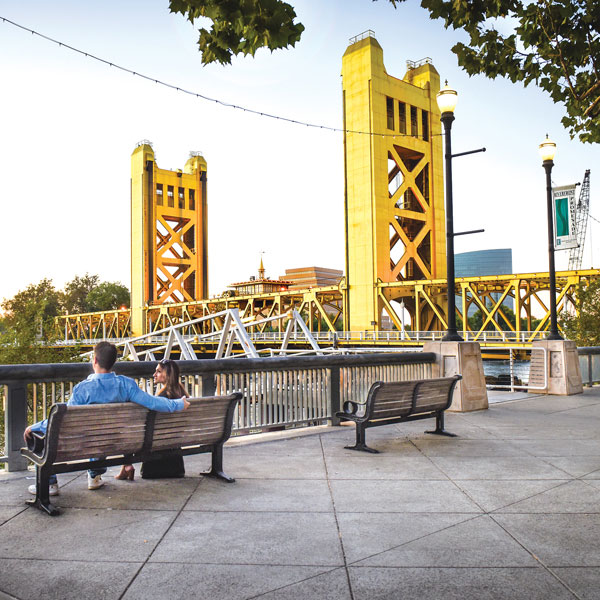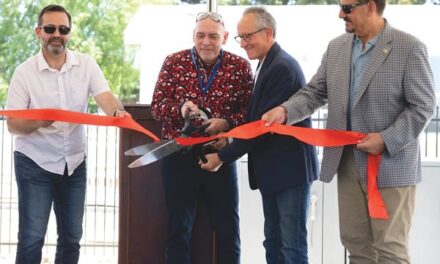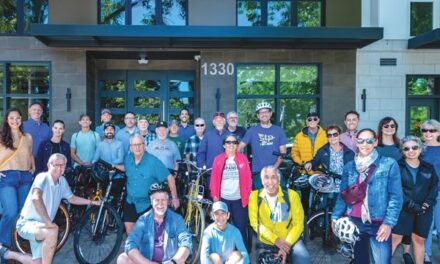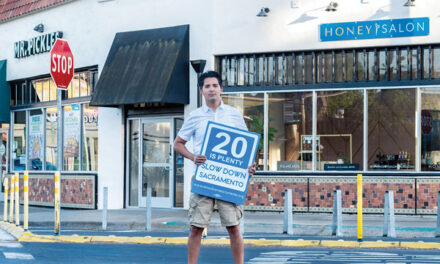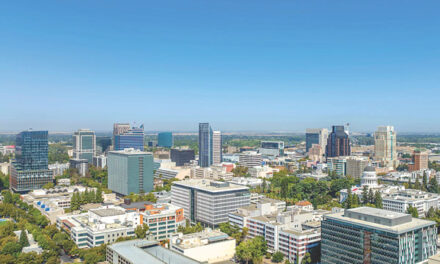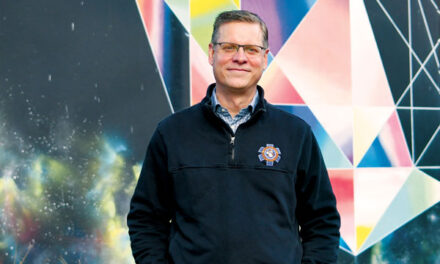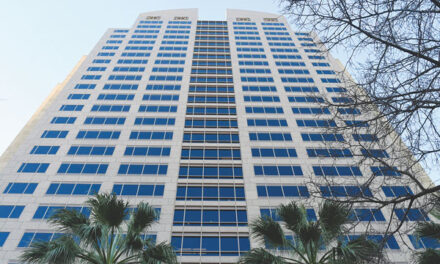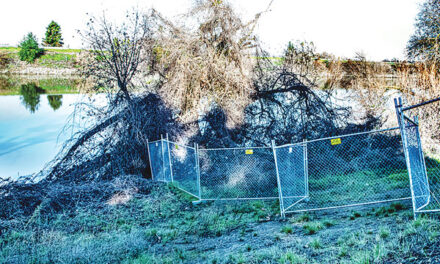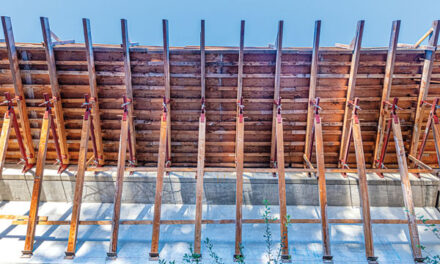Darrell Steinberg isn’t from Chicago, which is known around the world for its inspiring skyline and lakefront. Nor, as he reminds people, is he “a design guy or an architect.”
But the Sacramento mayor instinctively understands the iconic words of Chicago’s great urban planner of the early 1900s, Daniel Burnham, whose Progressive Era blueprint for downtown continues to provide the Windy City with its defining form and spirit.
“Make no little plans,” Burnham advised. “They have no magic to stir men’s blood and probably themselves will not be realized. Make big plans; aim high in hope and work, remembering that a noble, logical diagram once recorded will never die.”
How else to explain Steinberg, even before he was sworn in as mayor, asking the City Council to delay plans for upgrading the Memorial Auditorium, Convention Center and Community Center Theater? Steinberg supported the upgrades. But he yearned for something transformative.
Those projects were to be financed with debt capacity from the city’s hotel room tax. When hotel owners agreed to assess themselves $50 million for part of the work, a bigger and bolder plan became possible.
In Sacramento, bigger and bolder means taking advantage of the waterfront. The most logical place is Downtown—specifically Old Sacramento. The river runs through the historic district, but we barely notice it.
“The waterfront has been both a source of pride and also an object of, ‘Wouldn’t it be great, if?’” Steinberg says. “Always with the ‘if.’ But this should be the first place people think of when asking what should we do Saturday night?”
Old Sacramento needed its own upgrade, Steinberg argued, so it was not just the place “you bring your cousins when they’re visiting and you never really go back again.”
Sacramento is not alone among cities that turned away from its waterfront. Rivers were dirty. They flooded. They were industrial thoroughfares best walled off and avoided. Sacramento embraced that concept when it allowed Interstate 5 to be built between the river and the rest of Downtown in the late 1960s.
That’s when cities such as San Antonio, Louisville and Chattanooga began to realize their riverfronts had something to offer. They could be magnets for tourists and residents.
The Willamette in downtown Portland attracted commerce, hotels, restaurants and places to gather and celebrate the advantages of city life. People enjoy being around water when it’s safe and clean. Sacramento began to imagine something different for its primary waterfront, but it didn’t have the will or wherewithal to make the river a more central part of daily life.
“What’s changed now,” says Richard Rich, the city’s waterfront manager, “is we have a mayor who is interested in doing something and has an ability to reach into state government and take advantage of some of the relationships he has.”
Exactly what we will eventually see along the river is unknown. The city has promoted some of the best concepts in the Waterfront Idea Makers contest that drew votes from about 10,000 people on what they would like to see along the riverfront.
The ideas include a large grassy area, a concert and entertainment venue, hotel rooms, swimming pools built into the river so people can actually touch the water, a water fountain feature and play area for kids, and a floating terrace for events.
California owns the successful State Railroad Museum and controls additional land in the area. City officials have talked with the state about becoming a partner in making the big waterfront vision a reality.
“Once you get started, you tend to go a lot faster than what it took to get started,” Steinberg says. That’s good, because Sacramento was incorporated in 1850 and the vibrant riverfront it had then is long gone.
And Steinberg, who knows a snazzy waterfront won’t solve problems such as homelessness and a shortage of affordable housing, is after something else in advancing a revived Old Sacramento Waterfront that could be as important as the plan itself.
“We want to get to a place in Sacramento where we can do multiple things in the same time period that are not only cool but are job creators and will make the city fun and most important, include everybody in all the neighborhoods,” he says. “There is no straight line or easy path. There are no magic wands. My power as mayor is limited. But people are pretty much moving in the same direction, even if there are disagreements along the way, and it’s pretty darn exciting.”
Find out more about the Sacramento waterfront at https://www.oldsacramento.com/
Gary Delsohn can be reached at gdelsohn@gmail.com. Follow us on Facebook, Twitter and Instagram: @insidesacramento.



